Venezuela Mining License Feasibility Calculator
Enter Your Mining Details
How Venezuela’s Government Controls Crypto Mining
If you’re thinking about mining cryptocurrency in Venezuela, you’re not just setting up hardware-you’re entering a system where the state holds the keys to your profits. Unlike anywhere else in the world, Venezuela doesn’t just regulate crypto mining. It owns it. Since 2020, the government has forced every miner to join the National Digital Mining Pool, a government-run system that collects, tracks, and distributes all mining rewards. If you mine outside this pool, your equipment can be seized. Your bank accounts can be frozen. You could face criminal charges.
The Only Legal Path: SUNACRIP Licensing
To mine legally in Venezuela, you must get a license from SUNACRIP-the National Superintendency of Crypto Assets and Related Activities. This agency, created in 2018 and reorganized in March 2024 after a major corruption scandal, is the only body that can issue mining licenses. There’s no gray area. No exceptions. No informal mining.
The application process isn’t simple. You need to register your business with Venezuela’s commercial registry first. Then you submit detailed documentation: equipment specs, power consumption estimates, location of your mining facility, financial projections, and proof of legal entity status. The review alone can take 3 to 6 months. And that’s if nothing gets delayed by bureaucracy or political shifts.
Join the National Digital Mining Pool or Lose Everything
Here’s the catch: even if you get your license, you’re not done. Every legal miner must connect to the National Digital Mining Pool. This isn’t a suggestion. It’s a requirement built into the law. The pool collects all mining rewards from every licensed miner in the country. Then, the government decides when and how much to pay you back.
Think about that. You’re running expensive ASICs, paying for electricity (even if it’s subsidized), maintaining cooling systems-and the government controls your payout schedule. There’s no transparency. No guaranteed timeline. Miners on Venezuelan forums report payment delays of 4 to 8 months. Some say their payments were frozen with no explanation. The government can pause payouts at any time, for any reason. And there’s no appeal process.
Record Keeping: 10 Years of Paperwork
Once you’re licensed and connected, you’re locked into a 10-year record-keeping obligation. Every single transaction, every piece of hardware used, every watt of electricity consumed, every dollar earned-must be documented. Not just for tax purposes. For the government’s internal audit trail.
This isn’t just tedious. It’s expensive. Small-scale miners can’t afford the accounting software, IT staff, and legal support needed to maintain this level of compliance. Many who started mining legally have since shut down, not because of electricity costs, but because the paperwork burden was too high. One miner in Maracaibo told a local news outlet: “I spent more time filling out forms than I did actually mining.”
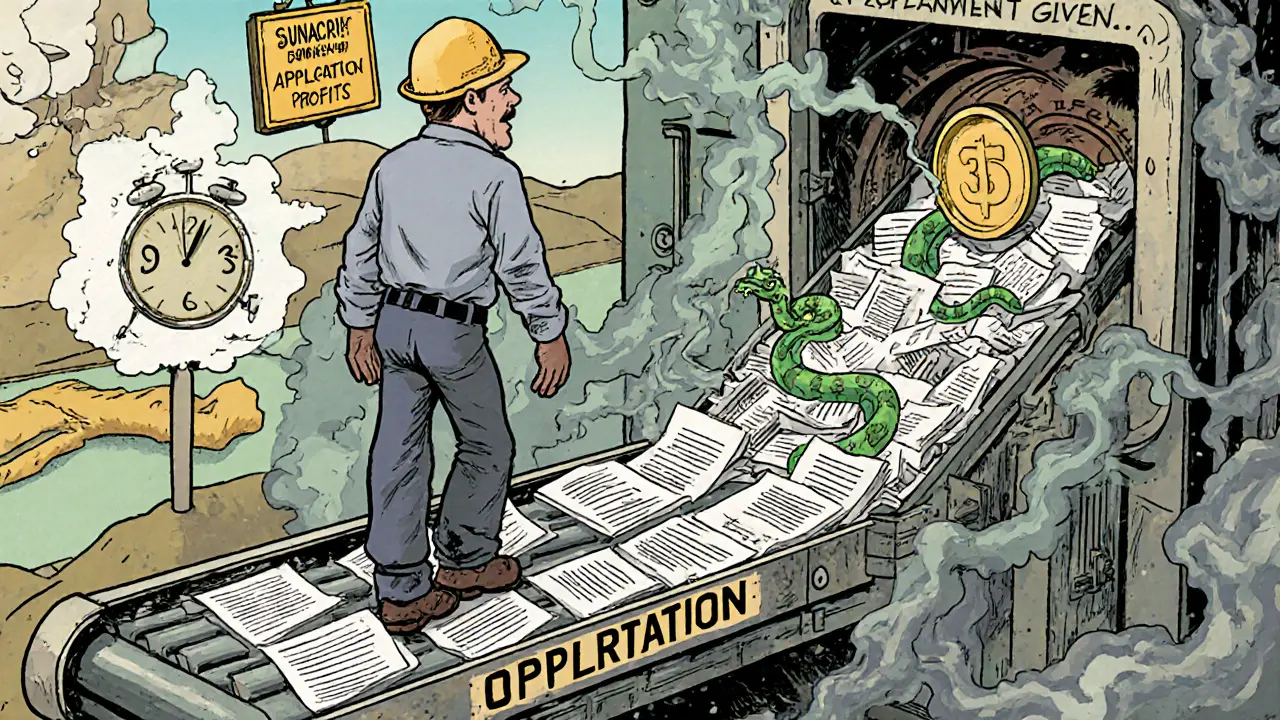
Taxes: Multiple Layers, No Clarity
Venezuela doesn’t have a single crypto tax law. Instead, it layers taxes on top of existing ones. The main ones:
- IGTF (Large Financial Transactions Tax): Up to 20% on crypto transactions not made in bolívares or the Petro.
- ISLR (Income Tax): Applied to profits from mining or selling crypto. No deductions for equipment or power.
- VAT: 16% on exchange fees, though not directly on crypto trades.
SENIAT, the tax authority, is getting smarter. In 2025, they’re using blockchain analytics and exchange KYC data to track unreported mining. If you’re earning crypto and not reporting it, they’re likely to find you. Penalties can include asset seizures and criminal prosecution.
Equipment Import: A Bureaucratic Nightmare
You can’t just order a rig from Amazon and ship it to Caracas. All mining hardware imports require a special license from SUNACRIP. Customs delays are common. Fees change without notice. Some importers report being asked for bribes just to clear equipment through port authorities.
And the equipment itself? You need to declare every single ASIC, GPU, cooling unit, and power supply. If your shipment doesn’t match your application exactly, it gets held-or confiscated. One miner in Valencia lost $12,000 worth of equipment because one power cable was listed as 120V instead of 110V on the paperwork.
Why This System Exists
On paper, Venezuela claims it wants to “promote innovation” and “use crypto to fight inflation.” But the reality is different. The country’s economy collapsed after hyperinflation hit 1,000,000% in 2019. People turned to Bitcoin and Ethereum to save their savings. The government didn’t like losing control. So instead of letting citizens use crypto freely, they created a system where the state takes a cut of every dollar mined.
The National Digital Mining Pool isn’t about efficiency. It’s about control. By centralizing mining, the government can:
- Collect taxes directly from mining rewards
- Prevent capital flight through crypto
- Use mining income to fund state projects
- Monitor who’s involved in crypto
It’s a surveillance tool disguised as a regulatory framework.
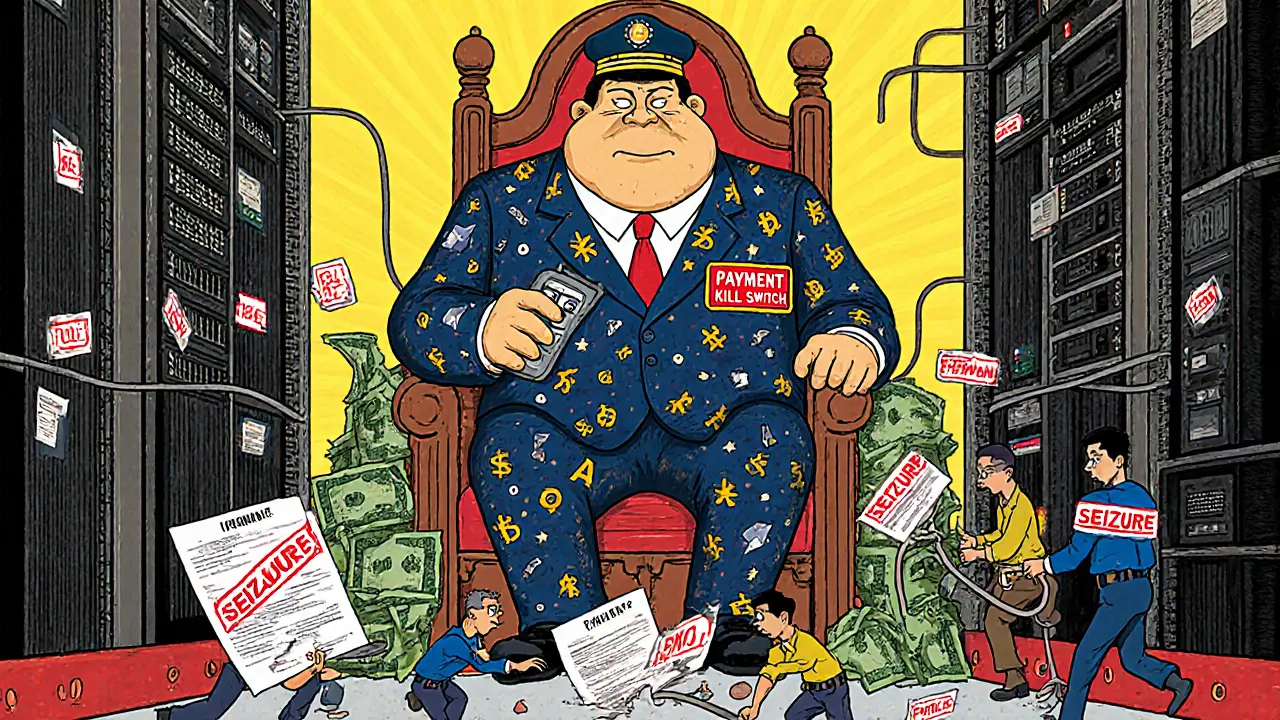
The Risks: Corruption, Instability, and Seizures
In March 2023, SUNACRIP shut down completely after a corruption probe revealed over $3 million had been stolen by officials. The agency was inactive for over a year. When it reopened in March 2024, it was restructured-with private sector input from a new group called CAVEMCRIP. But trust hasn’t returned.
Miners don’t know if tomorrow’s rules will be the same as today’s. One week, mining is legal. The next, the government announces a “temporary suspension.” There’s no consistency. No predictability. International mining firms have walked away. Even local miners are hesitant to invest more than they can afford to lose.
And the consequences of non-compliance? Equipment confiscation. Bank account freezes. Criminal charges. In some cases, miners have been detained for operating without a license-even if they were just running one rig in their garage.
Who Still Mines Legally in Venezuela?
Very few. Most who remain are either:
- State-connected entities with political ties
- Large mining farms backed by foreign investors who can afford legal teams
- Miners who have no other way to earn income and accept the risks
There’s no thriving underground scene anymore. The crackdowns are too real. The penalties too severe. The system isn’t designed to support miners-it’s designed to extract value from them.
Is It Worth It?
If you’re outside Venezuela and thinking about setting up a mining operation here? Don’t. The risks far outweigh the rewards. Electricity might be cheap, but the regulatory risk, political instability, and potential for asset seizure make this one of the most dangerous places in the world to mine crypto.
If you’re inside Venezuela and already mining? You’re likely already operating illegally. The chances of getting licensed are slim. The chances of getting paid are lower. And the consequences of being caught are severe.
The truth? Venezuela’s state-licensed crypto mining system isn’t a path to financial freedom. It’s a way for the government to turn cryptocurrency from a tool of liberation into a tool of control.
Can I mine crypto in Venezuela without a license?
No. Mining without a SUNACRIP license is illegal. The government actively monitors mining activity through the National Digital Mining Pool and blockchain tracking. Unlicensed miners face equipment confiscation, bank account freezes, and potential criminal charges. There are no exceptions.
How long does it take to get a crypto mining license in Venezuela?
The licensing process typically takes 3 to 6 months, but delays are common. You must first register a legal business entity, then submit detailed technical and financial documents to SUNACRIP. The agency’s staffing and operational capacity have been inconsistent since its 2023 suspension, so processing times are unpredictable.
Do I have to join the National Digital Mining Pool?
Yes. Joining the National Digital Mining Pool is mandatory for all licensed miners. Your mining rewards are sent to the government-controlled pool, and you’re paid back at the government’s discretion. Payments can be delayed for months or frozen without notice. There is no alternative.
What taxes do crypto miners pay in Venezuela?
Miners pay three main taxes: the Large Financial Transactions Tax (IGTF) of up to 20% on non-bolívar crypto transactions, Income Tax (ISLR) on mining profits, and Value-Added Tax (VAT) of 16% on exchange fees. There is no separate crypto tax law-SENIAT applies existing tax codes, treating crypto as an asset. Enforcement is increasing in 2025 with blockchain tracking.
Can I import mining equipment into Venezuela legally?
Yes, but only with a special import license from SUNACRIP. You must declare every piece of hardware, and customs delays are common. Equipment that doesn’t exactly match your application can be seized. Importers report arbitrary fees, bureaucratic hurdles, and demands for bribes. Many have lost thousands of dollars trying to bring in gear legally.
Is Venezuela’s crypto mining system stable in 2025?
No. The regulatory environment remains highly unstable. SUNACRIP was suspended in 2023 due to corruption, and while it reopened in 2024, its credibility is low. Enforcement is inconsistent, policies change without notice, and the government’s ability to manage the system is questionable. The political situation remains volatile, making long-term planning nearly impossible.
What happens if I don’t keep 10 years of mining records?
Failing to maintain 10 years of records is a violation of your license terms. SUNACRIP can revoke your license, freeze your payments, and initiate legal proceedings. Even if you’ve been compliant otherwise, missing documentation can be used as grounds for penalties. Small miners often find this requirement impossible to meet without professional accounting support.
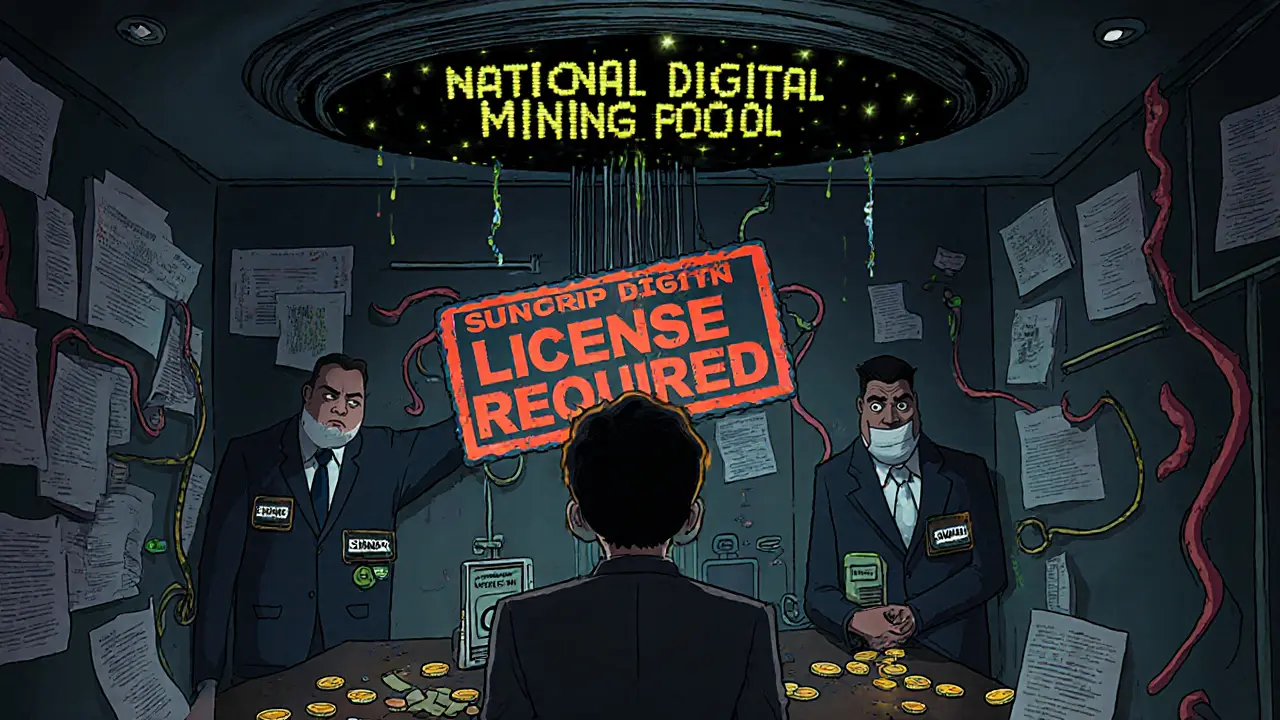

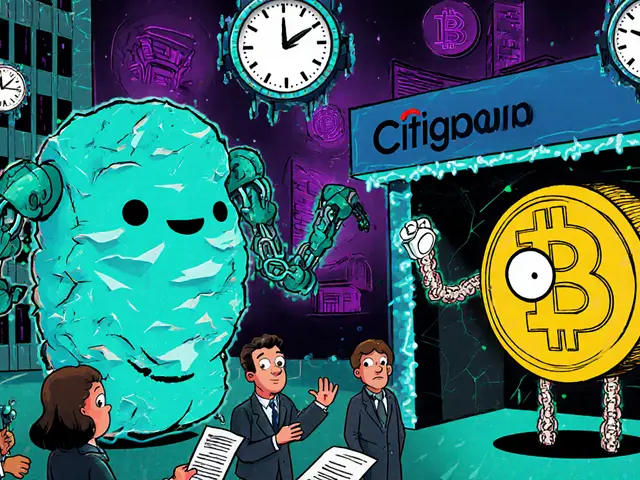
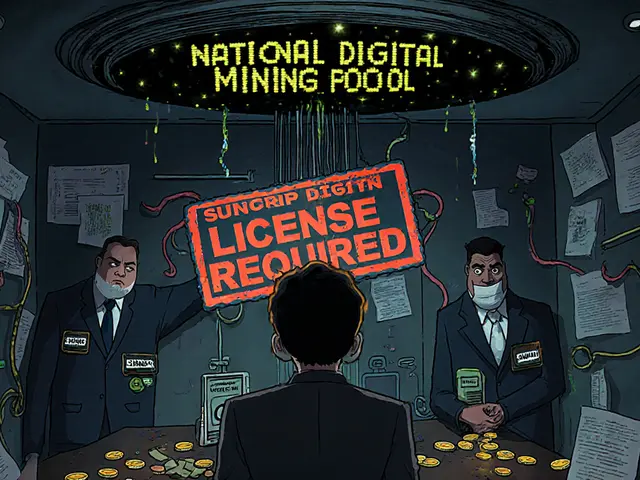
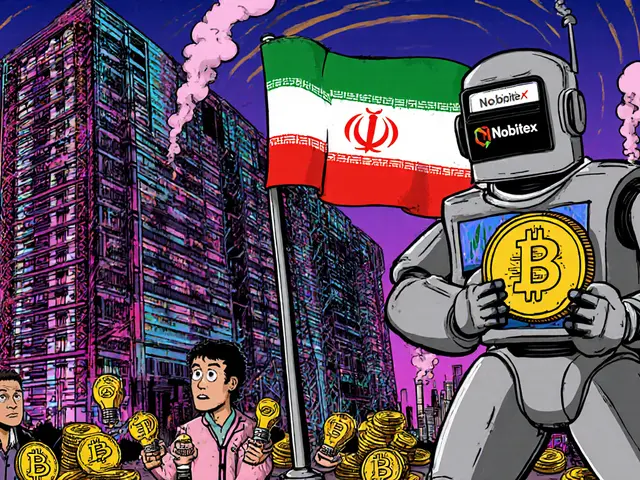

Arthur Coddington
So let me get this straight-Venezuela turned Bitcoin into a state-run welfare program where you mine for the government and hope they feel generous enough to pay you back? That’s not regulation. That’s digital serfdom.